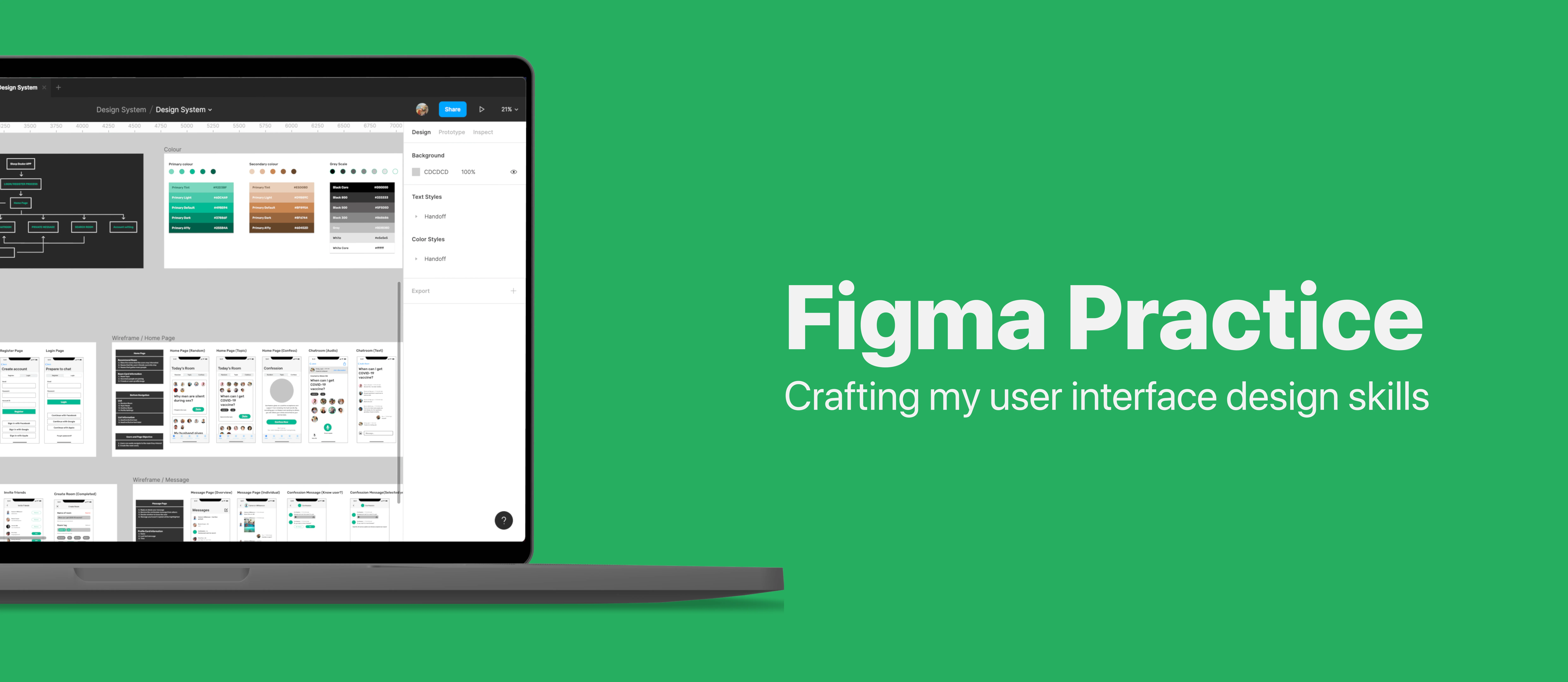



I would love to see if there is an affordable ticket I can buy or a list of selection I can choose my taste personally.
* The sorting system should be logical and meet the user’s need.
Requires the API data of each movie’s date and the rating.
The sorting system should be placed in a noticeable place in the main page.
I would love an actual map that shows the distance between me and the movie theatre.
A map that can show the distance between the user’s location and the theatre. Also, the system needs to have an ability to calculate the travel time to the theatre.
Place an input section for the users to type the movie theatre they are looking for.
I would love to see a clear logic login page with a multiple access way such as creating the accounts with social media such as Facebook or Instagram.
If the users do not have Facebook or Google accounts, then they need to create an account from the application, which means a database to store the users' information is needed
I would need to see a summary of the payment detail after going to the payment process.
Design an overview page that includes the time, the name of the product, the unit, and the total amount of the price.
A mobile payment button (e.g. Apple Pay and Google Pay) to finalise the transaction.
I would want to see the trailer, description in one page as this may reduce my steps when using the application.
Create one individual page for the see detail section.
Have a vivid Call To Action (CTA) button allowing users to follow the next step of his task.
I would love to see if the users can customise and decide the number of people the users want to invite.
An extra space to design the customisation.


[1] The explanation and analysis of how Gestalt theories are used in Moovie is available here